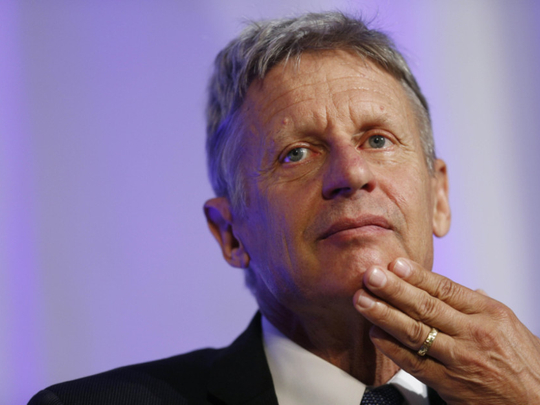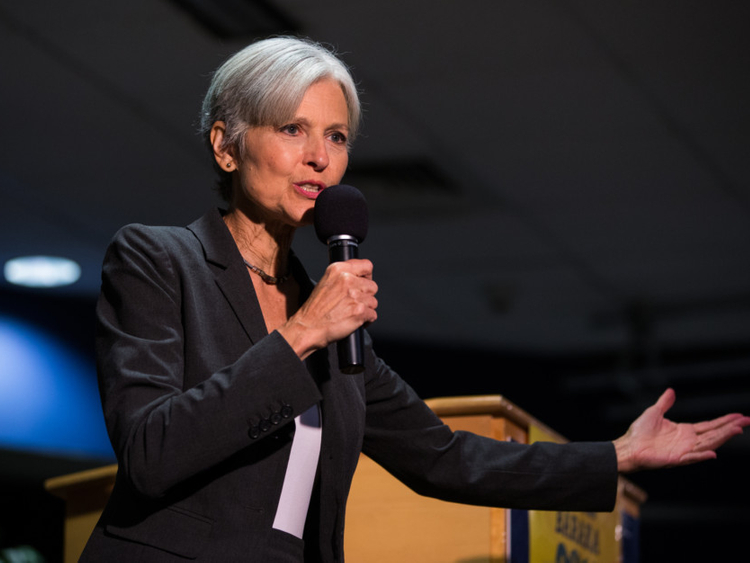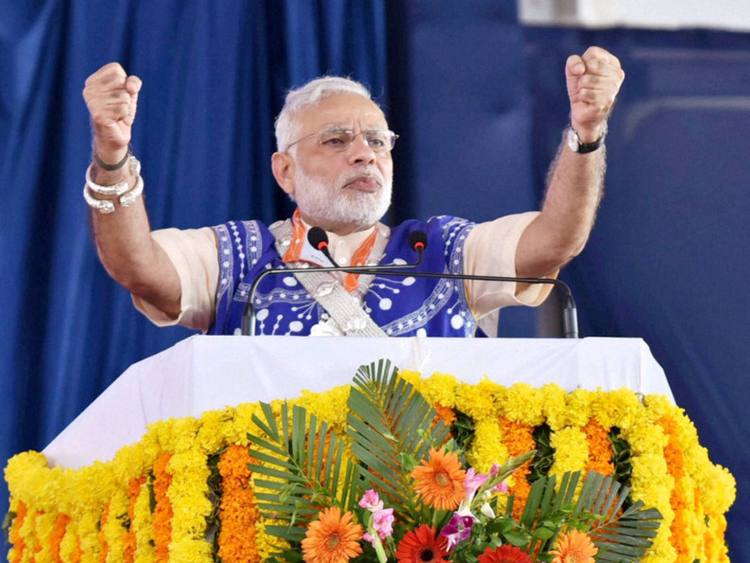
Indian Prime Minister Narendra Modi’s suggestion of holding elections for parliamentary and state legislative assemblies simultaneously should be considered seriously by all political parties, specially the Election Commission (EC) of India — an autonomous, constitutionally established federal authority, responsible for administering all electoral processes in India.
The proposal has been supported by Indian President Pranab Mukherjee, who has been a veteran politician and has held various ministerial portfolios since the time of former prime minister Indira Gandhi. The proposal has provoked a public debate on the merits of the same and its implications on India’s democracy.
As per the Indian Constitution, it is mandatory to hold elections every five years for all elected bodies, including the parliament, state legislative assemblies, civic bodies and even local rural bodies, known as Panchayats. However, the constitution is silent as to whether the elections have to be held simultaneously. The Indian Supreme Court had ruled that in cases where the constitution does not provide a clear direction, constitutional bodies like EC can act in a manner that benefits India.
Indian elections are not only about winning and losing. Every time the world’s largest democracy goes to the polls, it poses an immense challenge with regard to logistics and man and material management.
In the 2014 general elections, 814.5 million eligible voters had exercised their franchise to elect 543 representatives to the Lok Sabha (Lower House of parliament), for which 1.4 million voting machines were used, five-and-a-half million civilians, including school teachers and state and central government employees, were tasked to conduct the electoral process across 930,000 electoral booths that were guarded by another five million security personnel, including the army, paramilitary forces and state police. The total expenses footed by the exchequer were in excess of $300 million (Dh1.10 billion).
There is huge logistical and financial advantage in conducting simultaneous elections for various levels. It can help save millions of man hours. More importantly, it can save the country from a ‘permanent’ electoral cycle, political instability and various polarising issues, leaving the Union and state governments with enough time and opportunity to devote to governance.
Every time an election is conducted in any state, a ‘Model Code of Conduct’ is imposed, during which, the government cannot declare any welfare scheme in an attempt to ensure a level playing field for all political parties.
Take the case of West Bengal, where three months were lost in 2014 due to the general elections. Thereafter, another three months were lost in 2016 for the state assembly elections. Now Panchayat (local rural body) elections are due in 2018, to be followed by the general elections in 2019. Overall, owing to elections, about ten months are lost every five years, when governance comes to a standstill affecting millions.
It must be admitted that the idea floated by Modi isn’t new. After India’s Independence in 1947, elections for the parliament and state assemblies used to be held simultaneously. The practice was changed in 1972 by the then prime minister Indira, through which, she thought she would be able to control the functioning of the state leaderships from the Centre, thereby according her absolute power within the Congress party.
In due course, the states proved to be more powerful politically and gave birth to regional chieftains like Mayawati, Mulayam Singh Yadav, Lalu Prasad Yadav, Mamata Banerjee, Jayalalitha and so on, who have created their own political culture and diminished the importance of the Congress party at the state level. The central authority of the Congress has dwindled ever since and in the 2014 general elections, it managed to win only 44 seats — its worst performance ever. The Congress continues to shrink as ambitious regional leaders continue to desert the party.
Many political observers believe that Modi’s suggestion is primarily aimed at helping Bharatiya Janata Party wrest power in the states and thereby secure a majority in Rajya Sabha (Upper House of the parliament) as well. Modi has proved himself to be a powerful orator who can swing masses in favour of his party, create a wave and possibly create an India that will suit the right-wing ideology he represents.
However, this view undermines the intelligence of the average Indian voter who, time and again, has proved his or her political maturity. The Indian electorate has punished wrong-doers with the press of a button and elected those who have promised greater good. Odisha is one Indian state where parliamentary and state assembly elections are held simultaneously. It was noticed that many voters, while voting for the BJP for the Lok Sabha, had favoured a regional party for the state assembly — choosing what they thought were best options for country and state.
— Archisman Dinda is a journalist based in Kolkata, India












